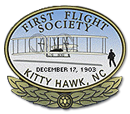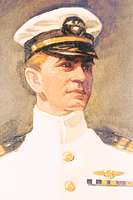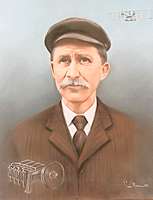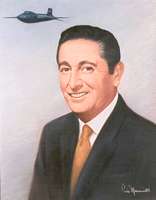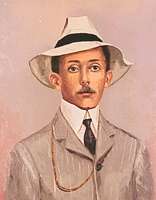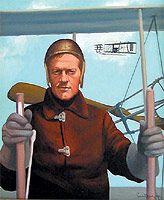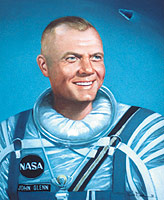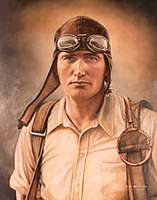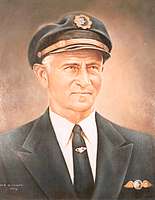Commander Theodore G. Ellyson
Inducted in 1984
First United States Naval Aviator, 1911
1885 – 1928
Theodore “Spuds” Ellyson began training in 1910 at the Glen Curtiss flight training school in San Diego and was Curtiss’ first seaplane pupil. As the United States Navy’s first pilot, Lieutenant Ellyson accompanied Curtiss on test flights of the first practical seaplane on January 26, 1911.
Flying a Curtiss seaplane, Ellyson and Navy Lieutenant J. H. Towers made the longest over-water flight yet attempted in October 1911. They flew from Annapolis, Maryland, to within two miles of Fort Monroe, Virginia, traveling over the Chesapeake Bay nearly the entire flight.
Ellyson was at the controls for the first successful catapult launch of the Curtis A-1 “Flying Boat” from an anchored barge at the Washington Navy Yard in November 1912. This was an important early step toward flying airplanes from ships and led to the development of aircraft carriers.
Commander Ellyson was a leader in naval […]
